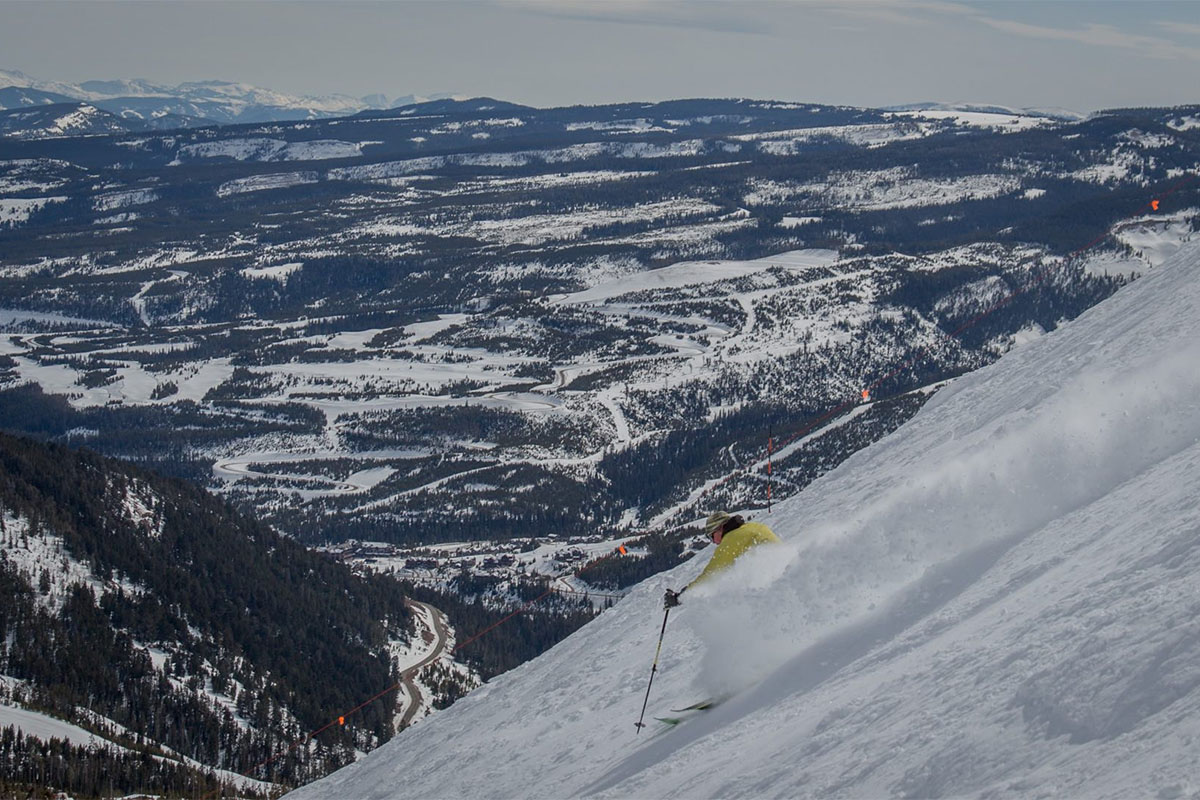

This is all pretty much geared toward free-skiing skis that see a lot of rock damage. I experimented for a while with some metal epoxies to try to build those divots back up but nothing would really ever hold for long. I've also been known to just hand sand/round off sections of edge that were really severely chewed up. The 1.5 base, for me and IMHO, feels less grabby and a lot more stable from turn to turn, and gives a smoother more consistent feel for sliding out turns in the steeps. People think it's weird but I started going with 1.5 base and 90 side, that was mostly because I was skiing utah.but it still does hold on hard snow and it stays sharper longer. I went to 1.5 base on all my skis in 2002 and really like it. My files lasted much longer once I started doing this. I say flatten the deck with a machine if you can (stone grind or wet belt).but working at home I tend to do the same thing with hand sanding, single strokes tip to tail with 100 for wet or old snow or 150 for cold or new snow.silicon carbide paper and using a precise block to ensure flatness.Īnd again, I got to a point where I did not want to ruin files on chewed up hardened areas so I built myself a small side-edger out of a belt sander so that I could take hardened side edges down to a 90.Īt that point I could work the really chewed up hardened areas with a hard stone, then set bevels with files and guides. I tend to encourage you to never file first if the edge has been hardened. I try not to wreck files on hardened areas. Here's routine edge tuning in a nutshell: The more you sharpen the base edge the more you will cut into the base or typically over bevel, requiring base removal to reset.ĭiamonds and stones are more forgiving than files because they remove less material and are better for routine maintenance, to prolong edge life and provide smoother, sharp edges. Having said that, your edge maintenance should be focused on the side edge and do little with the base edge after establishing geometry, other than deburring and light polishing. You'd be amazed how variable the edges are within 1/2 degree.] it is more accurate than the hand tools are.

One problem is that you will never get your bases as accurate as the gauge is and will need to allow some reasonable/acceptable margin of error. I have been having excellent results using a digital gauge with a magnet epoxied to it's base so it snaps to the edge reliably.īy spanning the base with a true bar on magnets, you avoid any base variations to get a true level benchmark. You may need magnification and backlighting to help see better: One way to measure base bevels is to use a true bar set on the base edge and measure the height with a caliper or feeler gauge at 60mm (57.3mm).

The diagram below shows how the components of the force from the base change as the ski is leant over more.Īlthough leaning the ski over digs the edges in more and lets the ski push sideways more, if the ski is leant over too far the snow may not be strong enough to hold the edge in the snow, and the top layer of the snow can just get pushed sideways by the ski, making the ski lose all its grip.Without a flat base, setting and measuring edge geometry is a moving target. This becomes very important when carving and stopping. When we want to change direction or slow down, we need to push sideways on the snow, so the more the ski is leant over the quicker we we will be able to turn or slow down. The more the ski is leant over the larger the sideways component of this force becomes, so the more the ski will be able to push sideways on the snow. This is because the force from the base and edge of the ski into the snow, acts at a right angle to their surface. The diagram below shows how the area that the weight is transfered through decreases as the ski is leant over, and how the ski digs further into the snow the more it is leant over.Īlso the more the skis are leant over the more the base and edges can push sideways on the snow. The added pressure makes the skis sink further into the snow, and the further they sink the more resistance they can provide. If you take your weight off of the base of the skis and tilt the skis onto their edges though, your weight has a much smaller area to get transferred into the snow with, and puts more pressure into the snow. If the weight of you and your skis is spread over the entire base of the skis, that puts the least possible amount of pressure into the snow (pressure = force / area), as your weight is spread over the whole area of the base. The next thing to learn about is pressure applied to the edges.


 0 kommentar(er)
0 kommentar(er)
